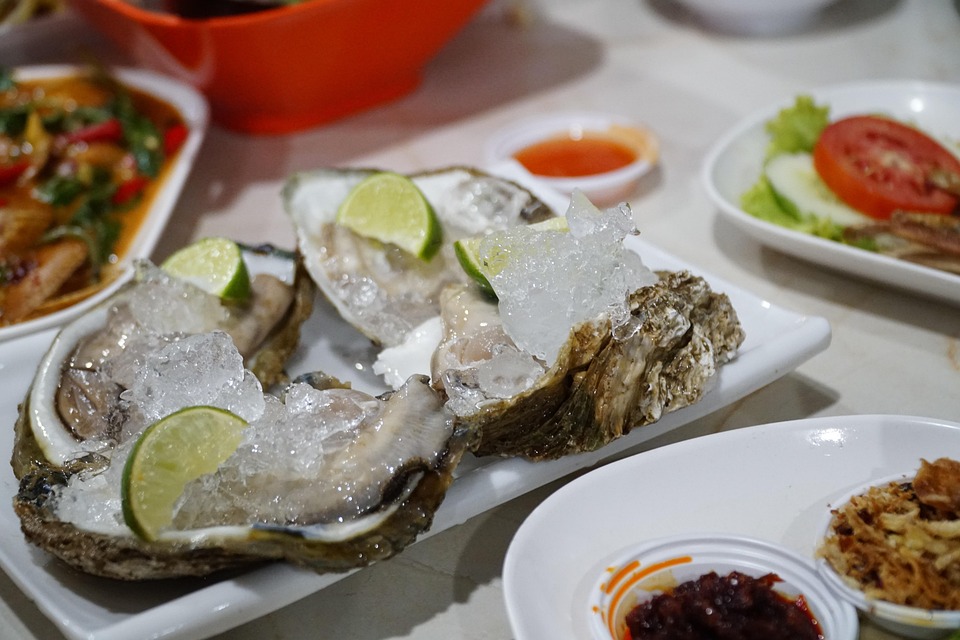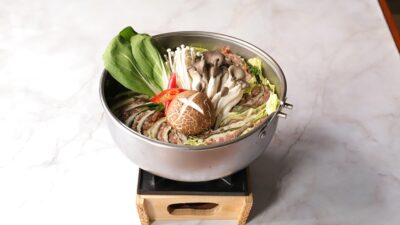Thai cuisine is a vibrant tapestry woven from a multitude of cultural influences, embodying the rich history and diverse geography of Thailand. The country’s culinary landscape is not just a reflection of indigenous traditions; it is a fusion of flavors influenced by neighboring countries, historical trade routes, and royal patronage. This article delves into the various cultural influences that have shaped Thai cuisine and how they contribute to its unique and tantalizing character.
Historical Context
The foundation of Thai cuisine can be traced back thousands of years, with roots in ancient farming and fishing communities. As dynasties rose and fell, so did the evolution of culinary practices. Early Thai cooking emphasized fresh, local ingredients, and the use of simple cooking techniques. However, from the 13th century onward, Thailand experienced significant cultural exchanges due to trade, war, and migration, paving the way for new flavors and cooking methods.
Influences from Neighboring Countries
1. Chinese Influence
The significant Chinese immigrant population in Thailand has left an indelible mark on Thai cuisine. Dishes like pad thai can trace their origins to Chinese stir-fry methods. The widespread use of soy sauce, oyster sauce, and various cooking techniques such as steaming and deep-frying reflect this influence. Additionally, ingredients like garlic, ginger, and preserved vegetables are staples in both Chinese and Thai kitchens.
2. Indian Influence
Indian influence permeates the Thai culinary landscape, mainly due to historical trade connections. The use of spices such as cumin, coriander, turmeric, and cardamom can be traced back to Indian cooking. Dishes such as massaman curry combine these spices with local ingredients, showcasing a complex layering of flavors rare in traditional Thai cuisine. Furthermore, the introduction of coconut, a staple in southern Thailand, is often linked to Indian trade.
3. Malay and Muslim Influences
Southern Thailand has strong ties with Malay culture, resulting in a unique blend of flavors. Dishes like nasi lemak reflect the influence of Malay cuisine, particularly in the southern provinces where rice is served with spicy condiments, fried fish, and peanuts. Moreover, the Muslim Thai community has contributed to the popularity of dishes like khao mok gai (Thai-style biryani) that reflect Islamic culinary traditions, integrating spices and cooking techniques unique to the region.
Regional Diversity
Thailand is a country of diverse geography, which profoundly influences its cuisine. Each region boasts distinct flavors and cooking styles that speak to its local history and resources.
1. Northern Thai Cuisine
Northern Thailand (Lanna) is characterized by milder flavors and a focus on herbaceous ingredients. Dishes such as khao soi (coconut curry noodle soup) reflect the shared culinary heritage with neighboring Myanmar. The use of sticky rice and an array of fresh vegetables is a hallmark of this region.
2. Northeastern Thai Cuisine
Known as “Isaan,” this region is famous for its bold flavors and fragrant herbs. The use of chili, fish sauce, and herbaceous ingredients creates a thrilling taste profile. Signature dishes like som tam (green papaya salad) showcase the region’s love for spicy and sour flavors, influenced by both Thai and Laotian culinary traditions.
3. Southern Thai Cuisine
Southern Thai food is renowned for its heat and seafood-centric dishes, influenced by Malay flavors. Curries are often coconut-based, while dishes such as khao pad (fried rice) and gaeng som (sour curry) illustrate the coastal region’s bounty.
Globalization and Modern Fusion
In recent years, globalization has introduced new ingredients and cooking styles to Thai cuisine. Chefs are drawing inspiration from around the world, incorporating elements from Western culinary traditions while maintaining the essence of Thai flavors. This has led to innovative dishes that marry traditional ingredients with contemporary cooking methods, creating a new definition of fusion cuisine.
Food Trends
Contemporary Thai restaurants often experiment with plant-based ingredients, presenting vegan versions of traditional dishes. The rising popularity of international cooking shows has brought Thai cuisine into the global spotlight, encouraging chefs worldwide to adapt and reinterpret traditional recipes.
Conclusion
Thai cuisine is a remarkable fusion of flavors and cultural influences, making it one of the most celebrated cuisines in the world. Its complexity stems from a rich historical context, an array of regional variations, and the ongoing evolution driven by globalization. The ability of Thai cuisine to embrace diversity while retaining its core essence makes it a vibrant representation of Thailand itself—a culture that thrives on harmony and balance, spanning generations and borders. Whether you’re savoring a simple bowl of tom yum soup or a refined modern take on Thai classics, every bite tells a story of a rich and flavorful heritage.



